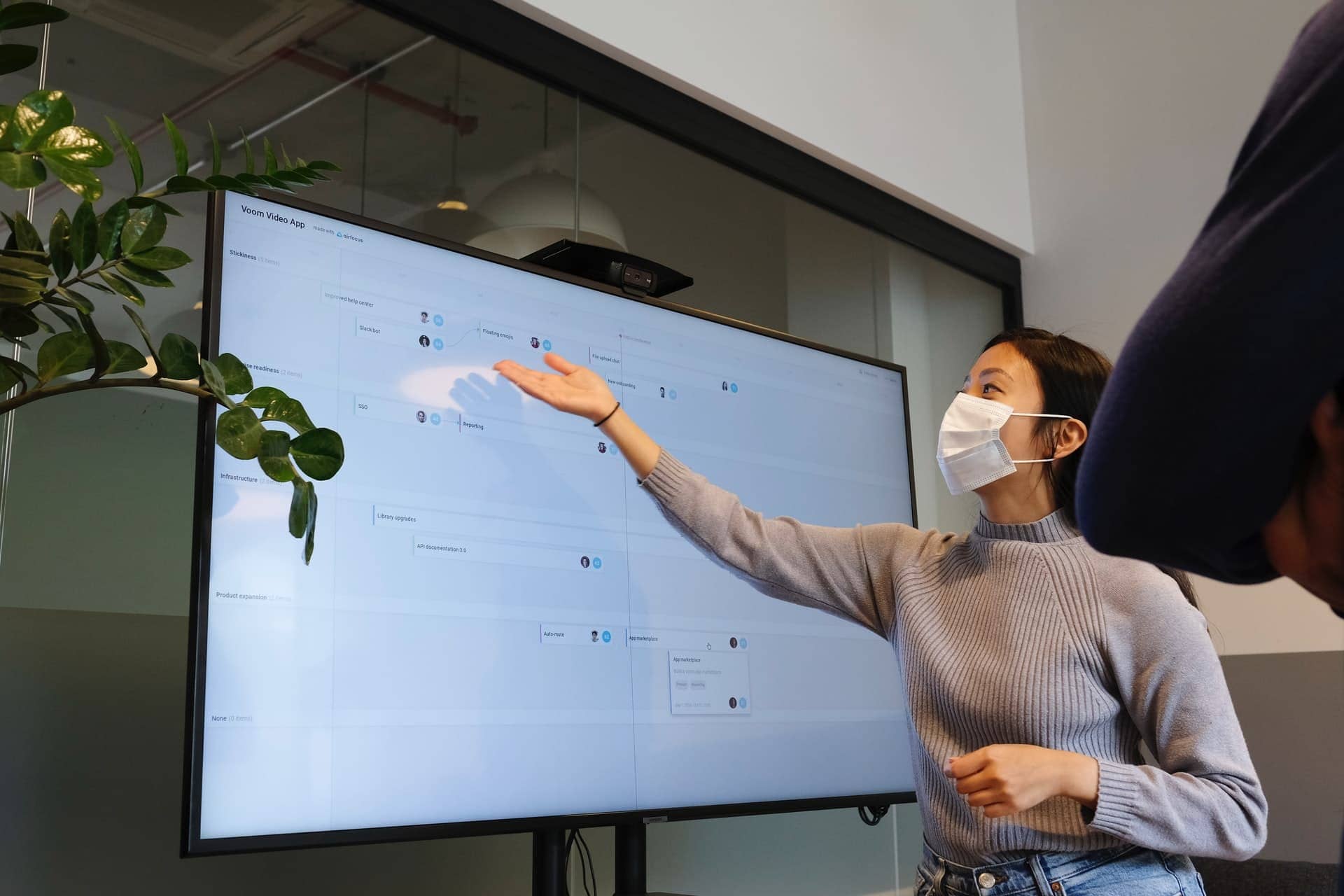In the coming months, tenants will be faced with difficult decisions concerning their operating space, and the biggest unknown is the amount of time it will take to get “back to normal.” That makes space decisions very difficult, as real estate is one of the highest costs for any business and is not something that can be quickly scaled up and down.
Consider the Future
It may be tempting to reduce real estate footprints to cut overall business expenses as more employees are working from home. However, there is no way to tell right now what the circumstances will be in six months. While many employees and companies have adapted to a work-from-home scenario, it is far from normal business conditions and shouldn’t be viewed as permanent. It would be short-sighted to ignore the many benefits of face-to-face collisions in the office, company culture, innovation, and so much more. Instead, businesses should make this decision when the data tells them it makes sense.
For organizations that have found remote work to be more manageable than expected, a good compromise could be unassigned seating arrangements that could provide more flexibility. Some businesses are already exploring these scenarios to better understand the impact modifications will have on space, density and workstyle.
To do this, companies can study workforce and people analytics. This includes employee commute patterns, lines of communication, and both typical and newfound forms of workplace engagement. Business should look at badge data, employee surveys, and conference room utilization before the crisis. Then, study how work changes when we exit this crisis and compare needs and new preferences that inform future space decisions.
We can discover which employees are the best candidates for remote work based on their proximity to the office, job function, and preferences captured through employee surveys. While hiring remote workers can be tempting as an approach to expanding the labor pool, it can also create future challenges if a company decides to bring those roles back into the office. In cases where remote employees are not within a reasonable commute distance, it could mean re-starting the hiring process.
Adjust for the Return
While companies are eager to get back to full productivity and bring everyone back into the office, it will require a staggered and thoughtful approach. As some restrictions are lifted, it’s likely that many social distancing and group limits will remain in place. One solution may be a rotating schedule for designated groups of employees with alternating days. Other adjustments could include temporarily requiring assigned desks, increased cleaning procedures, limiting the number of individuals in an elevator or conference room, eliminating shared food and beverage areas, and increasing hand sanitation stations.
Temporary modifications to office furniture may also be a consideration, such as adding clear privacy barriers to the tops of workstations, converting small conference areas into wellness/sanitation areas, and boosting video conferencing capabilities within the office.
For many, this disruption will bring a new way to work and conduct business. We have found new technologies to help execute business despite social distancing. Employees have adapted to being forced into isolation. While businesses may have found a rhythm and success in these conditions, it is not necessarily the best permanent solution. There is much to be said for the advantages of a physical space for employees to gather, allowing for creative collisions within the company and with others throughout the building. There will no doubt be a new normal, one that includes more technology and remote working, as well as a traditional office space.
This article was written by Chase Bourdelaise and originally published on Transwestern’s Translations Blog. To view the original post click here.
Learn more about the post-Coronavirus office space.




